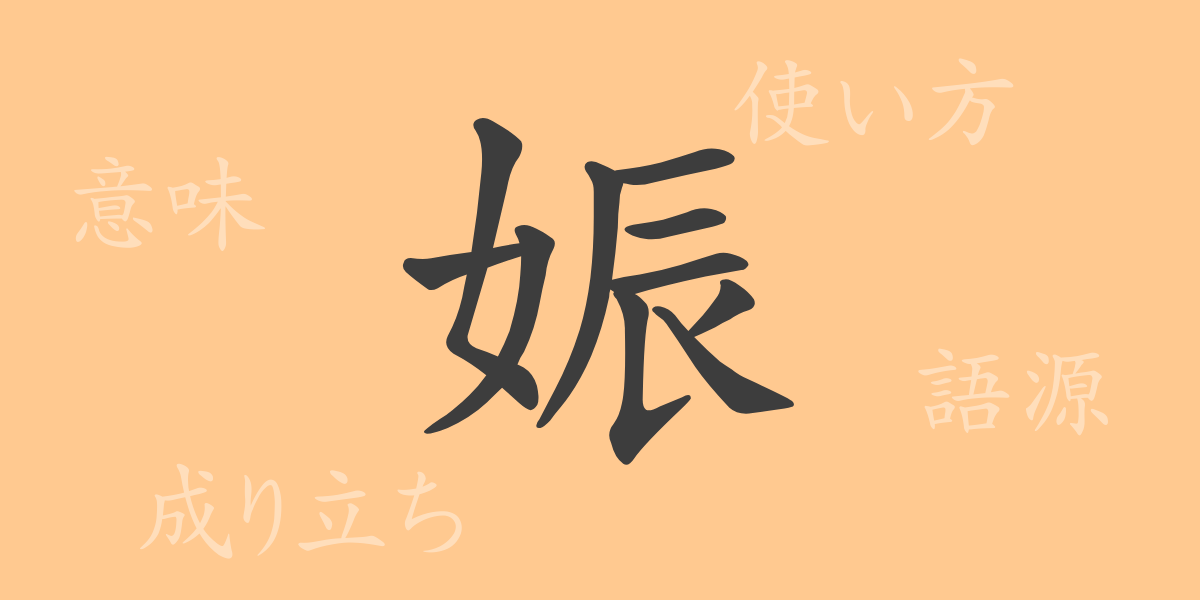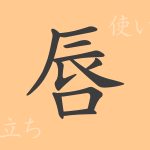The richness of the Japanese language is often encapsulated in its characters, each with its own unique history and meaning that deeply enrich the way words are used. The Kanji ‘娠’ (しん), significant in denoting important stages in human life, particularly impacts women’s lives profoundly. This article delves into the etymology, modern usage, and cultural significance of ‘娠’, exploring its fascinating aspects.
Origins of 娠 (しん)
The Kanji ‘娠’ originates from ancient China, incorporating elements of pictographs. It was initially used to depict a woman carrying a child, symbolizing the crucial concept of human life propagation. Its form is said to mimic the figure of a pregnant woman, representing the mystery and beauty of life creation.
Meaning and Usage of 娠
Commonly, ‘娠’ refers to ‘妊娠’ (にんしん), meaning pregnancy— the condition of a woman carrying a child. Used primarily in medical contexts and everyday conversation, it appears in various terms related to pregnancy conditions and desires, such as ‘妊娠初期’ (early pregnancy), ‘妊娠中毒症’ (preeclampsia), and ‘妊娠希望’ (desiring pregnancy).
Readings, Stroke Count, and Radical of 娠
The Kanji ‘娠’ has distinct readings and structural features:
- Readings: On’yomi ‘シン’, with no specific Kun’yomi.
- Stroke Count: 10 strokes.
- Radical: The radical is 女 (おんなへん), meaning woman.
Phrases and Idioms Using 娠
Phrases and idioms containing ‘娠’ often relate to pregnancy. ‘懐妊’ (かいにん), a euphemistic term for becoming pregnant, and ‘身重’ (みおも), describing the state of a pregnant woman, reflect the Japanese cultural tendency to softly and respectfully express the natural phenomenon of pregnancy.
Conclusion on 娠
The Kanji ‘娠’ is intrinsically linked to the universal theme of the beginning of life. Its origins, meanings, and use within Japanese culture are woven into everyday language, expressing the mysteries and sanctity of female physiology and life. Understanding this character is a step toward appreciating the depth of expression and cultural nuance in the Japanese language.

























